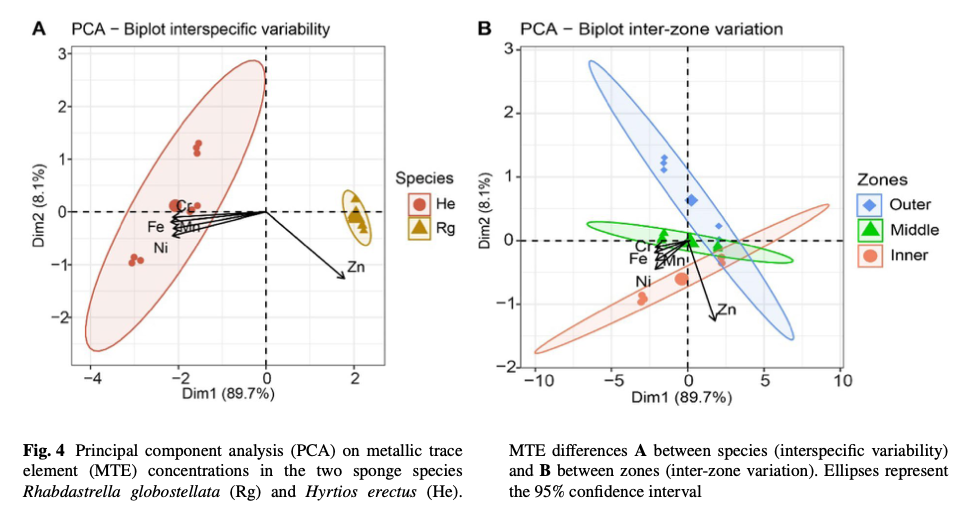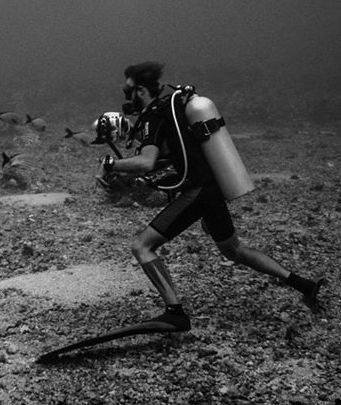2023-09-19 - Metallic trace elements in marine sponges living in a semi‐enclosed tropical lagoon
Published in Biometals, 2023
Recommended citation: Maggioni, F., Stenger, P. L., Letourneur, Y., Jourand, P., & Majorel, C. (2024). Metallic trace elements in marine sponges living in a semi-enclosed tropical lagoon. BioMetals, 37(1), 157-169, https://doi.org/10.1007/s10534-023- 00536-3 https://link.springer.com/article/10.1007/s10534-023-00536-3
The ability of marine filter feeders to accumulate metals could help monitor the health of the marine environment. This study examined the concentration of metallic trace elements (MTE) in two marine sponges, Rhabdastrella globostellata and Hyrtios erectus, from three sampling zones of the semi-enclosed Bouraké Lagoon (New Caledonia, South West Pacific). MTE in sponge tissues, seawater, and surrounding sediments was measured using inductively coupled plasma with optical emission spectroscopy. The variability in sponge MTE concentrations between species and sampling zones was visually discriminated using a principal component analysis (PCA). Sponges showed Fe, Mn, Cr, Ni, and Zn concentrations 2 to 10 times higher than in the surrounding sediments and seawater. Hyrtios erectus accumulated 3 to 20 times more MTE than R. globostellata, except for Zn. Average bioconcentration factors in sponge tissues were (in decreasing order) Zn > Ni > Mn > Fe > Cr relate to sediments and Fe > Ni > Mn > Cr > Zn relate to seawater. The PCA confirmed higher MTE concentrations in H. erectus compared to R. globostellata. Our results confirm that marine sponges can accumulate MTE to some extent and could be used as a tool for assessing metals contamination in lagoon ecosystems, particularly in New Caledonia, where 40% of the lagoon is classified as a UNESCO World Heritage Site. Download paper here
Recommended citation: ‘Maggioni, F., Stenger, P. L., Letourneur, Y., Jourand, P., & Majorel, C. (2024). Metallic trace elements in marine sponges living in a semi-enclosed tropical lagoon. BioMetals, 37(1), 157-169, https://doi.org/10.1007/s10534-023- 00536-3’

